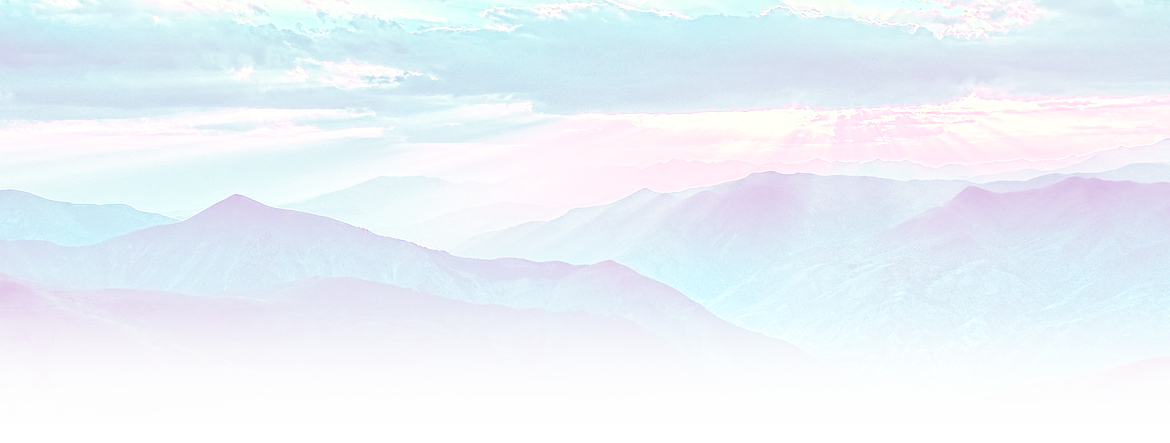Soha Oajovoun (Rough transl. 'Birth of the Ajovoun')
Public socioanthropological record
Property of the Royal Atheneum of Hövnís, Eörpe
According to bieggjan beliefs, the deities rarely visits Soha Biegjun anymore. As well, the Soha Oajvolkijiit belief system feature unsually grounded limitations; neither mortal nor deity can peer beyond the realm they're in. Since only the deities and spirits can cross the Soha Hyssna, the bieggjan are more or less cut off from their deities.
The purpose of this ritual is to re-enable respectful communion with their deities by creating an Ajovoun to feed Tijosalomai and bring them good health. If you perform the ritual well, the Ajovoun may also agree to do one of two favors for you: it can either bring a message (such as a prayer, wish, or thanks) with it to the deities, or it can collect an Eesli that’s been given peace and is ready to leave the Soha Biegjun.
Etmyology & Definition
The name of the ritual is formed from the definite article 'soha' (sing. 'a' or 'the'), plus a compound made from appending the root word 'oa' (translates to ‘birth’ or ‘become’) to the name of the spirit, Ajovoun.The ritual's name is commonly contextually translated as 'Birth of the Ajovoun'.History
Modern Practice
Similarly to many other traditions still practiced today by the bieggjan, the ritual sees a varying degree of differentiation between tribes. The largest observable differences came from comparing how it's practiced by the still nomadic tribes with how it's practiced by those that's chosen permanent settlements.Nomadic Tribes
Nomadic tribes tend to practice the rite more frequently, sometimes even daily, but it tends to be less involved and perfomed whenever there's a perceived individual 'need' to do it. Most commonly tribe members will wait until the tribe makes a temporary stop for rest or when they set down camp. The Tasuuhji are one of the tribes where most of its members have a daily habit of fulfilling Soha Oajovoun, and also seem to be the most flexible about when it's considered appropriate. Usually the materials collection and the assembly of the effigy is done along the way as the tribe is travelling, or alongside carrying out their duties such as foraging, hunting, or fishing. An individual can, at any time, take a pause from walking or carrying out their tasks in order to finalize the effigy and perform the last half of the ritual. They're expected to just catch up with the rest once they're done. The sides of their oldest migration trails tend to be richy decorated with effigies for this reason.Settled Tribes
The tribes that have chosen to permanently settle in a location have seen a gradual move toward more scheduled daily habits, which include when and how they carry out different traditions. All of the observed settled tribes have also an assigned dedicated, communal location their members go to carry out the ritual, though it doesn't appear using it exclusively is in any way enforced. Among the Ljuuhovii, the most thoroughly studied settled tribe, the members will perform the rite whenever they need/want - similar to nomadic tribes - but are encouraged to do it in their 'spare time' before going to sleep. The Ljuuhovii have also made the ritual a part of two of their seasonal holiday traditions, where they're ended with all adult members concurrently doing Soha Oajovoun.
by Nimin N.
Anthropological Data
Sadtje Roen Aehkajht

I love this, especially the differences in how it's carried out between settled and nomadic tribes. Such a great little worldbuilding detail.
Explore Etrea
Thanks! I hope to be able to showcase differences between the two tribe types, and even individual tribes, some more also in the other traditions eventually. :)